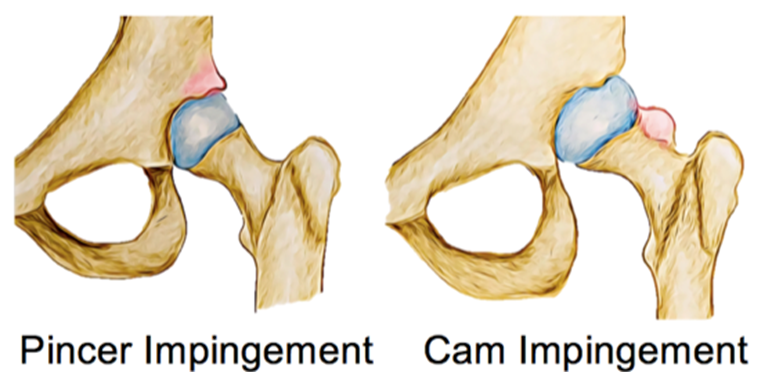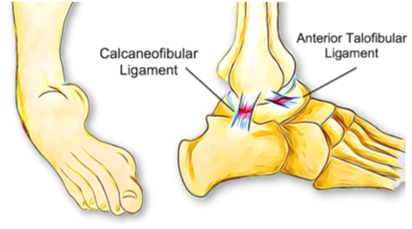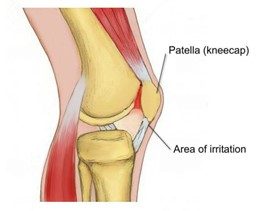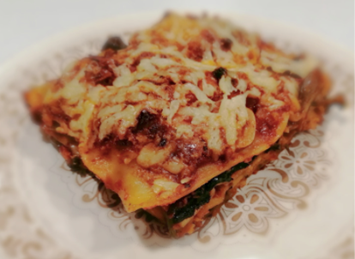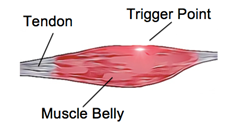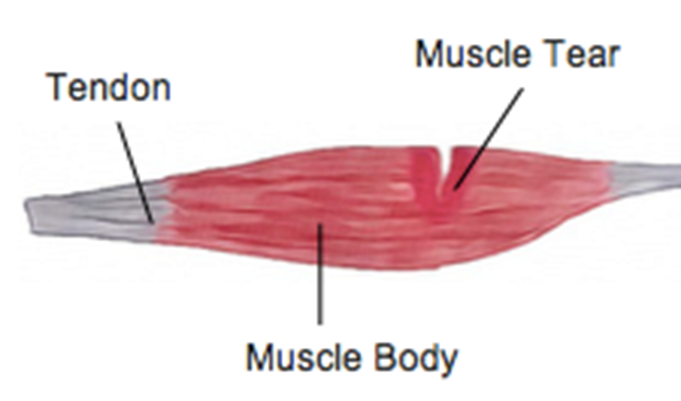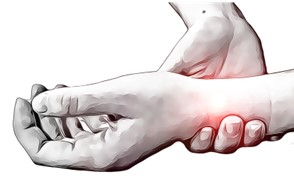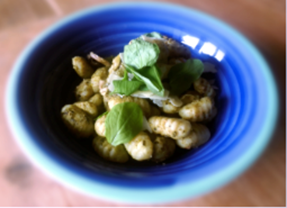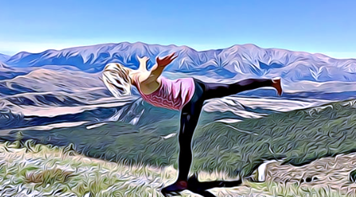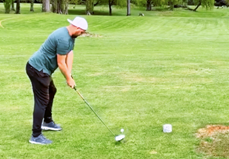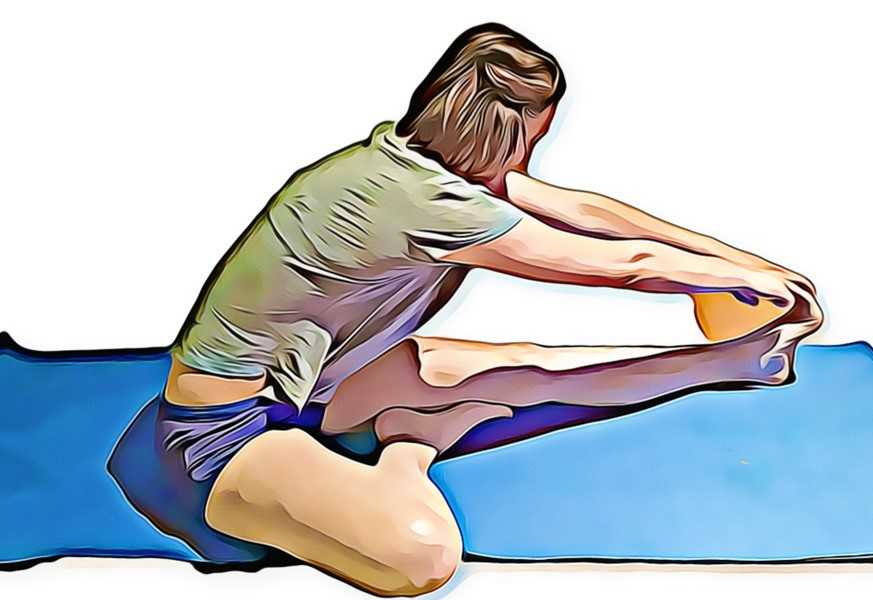
Move More, Sit Less – 5 Tips From Your Physio
More movement in your day can improve mental, physical health and even workplace productivity. Physiotherapists know that one of the most significant contributors to pain and injury is simply lack of physical activity. Getting more movement in your day doesn’t need to be about high-intensity exercise, all movement can be beneficial. Here are a few tips to help increase the amount of motion in your day.
1. Try the Pomodoro Technique at work or when studying
The Pomodoro Technique, developed in the late 1980s, recommends breaking work into intervals, usually 25 minutes at a time interrupted by short rests. Studies’ have shown that by creating small time limits, you can focus more intently and the breaks can be useful motivators.
Use these intervals as prompts for a short walk, some squats or stretches. Not only will you have made your day more productive, but you will also have added some movement to your day.
2. Challenge a friend to match your steps
A little healthy competition is a great way to keep you motivated to move more. You can set daily, weekly and monthly targets and compare progress to keep you on track. You can use an app like ‘Habitica’ to help track and create movement habits in a game format.
3. Park further away
This is an oldie, but a goodie. If you can’t ride or walk to your daily destinations, try parking further away and using the opportunity to walk. Taking the stairs instead of the elevator and getting up and walking while taking phone calls are also great ways to increase your daily movement.
4. Have a kettle boiling exercise routine.
The time spent waiting for the kettle to boil can feel like an eternity. Use this time to undertake a mini exercise routine. Try fitting in two sets of five squats, five lunges; five heel nurses or try to balance on each leg for two minutes.
5. Stretch before bed
Gentle stretches before bed are a great way to relax and keep your joints mobile. Create a routine and make it part of our nightly ritual for better sleep and a healthier body.
Our physiotherapists are happy to help you find strategies to create more movement throughout the day. Come and have a chat with us to see what might work for you.

